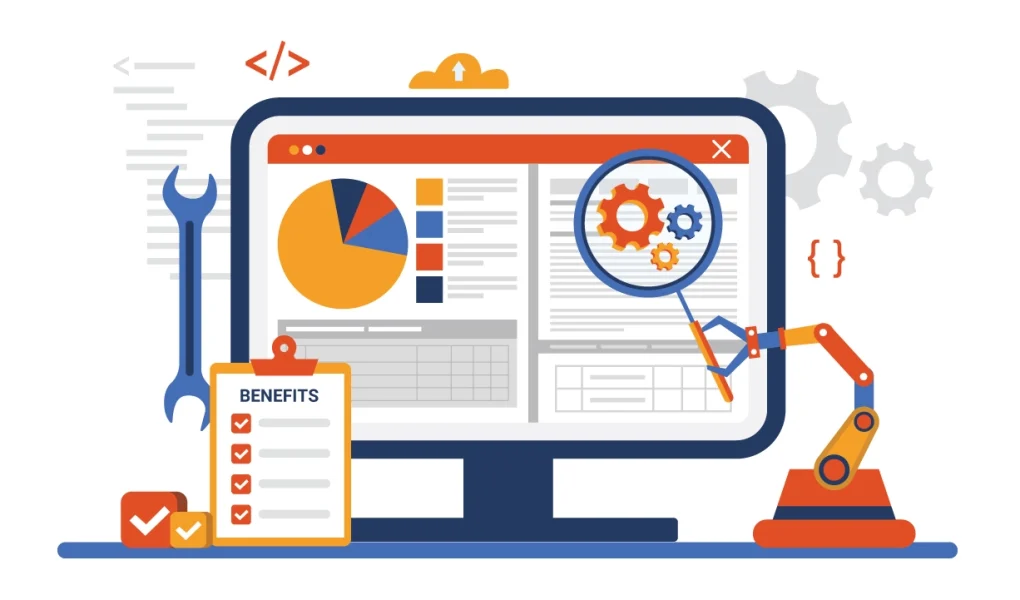Testing software is much like maintaining a large and complex garden. Each plant (or function) needs care, but not every plant requires daily attention. The challenge lies in deciding which parts need pruning and which can be left alone. In the same way, testers face the task of determining which test cases are crucial after every code change—a process that can be both time-consuming and resource-intensive.
With the rise of artificial intelligence, this problem finds an elegant solution. Machine learning introduces a smarter way to handle regression testing, helping teams focus only on the most impactful test cases.
The Challenge of Manual Regression Testing
Traditional regression testing can quickly spiral into a bottleneck. After every update, hundreds or even thousands of test cases need to be re-executed to ensure stability. Many of these tests, however, check features untouched by recent changes, leading to wasted time and effort.
This redundancy delays deployment, increases costs, and puts unnecessary strain on testing teams. AI changes this by learning from past executions, code changes, and failure histories to determine which test cases genuinely matter.
For professionals exploring how AI intersects with testing, enrolling in software testing coaching in Pune provides structured exposure to such real-world applications—bridging theoretical knowledge with practical implementation.
Machine Learning in Test Case Optimisation
Imagine a gardener who keeps a journal of when each plant last bloomed, how much sunlight it received, and which conditions made it thrive. Over time, they no longer guess which plants need care—they predict it.
Machine learning applies the same logic to testing. Algorithms can analyse patterns from historical test results, code repositories, and defect logs to identify high-risk areas in the software.
These systems then prioritise or even eliminate redundant test cases, ensuring optimal coverage with minimal effort. Key techniques include:
- Clustering algorithms that group similar test cases and identify overlaps.
- Classification models that determine which tests are likely to fail based on code changes.
- Reinforcement learning that continuously improves selection strategies based on outcomes.
The result is a test suite that is leaner, faster, and more intelligent.
Prioritisation: Finding What Matters Most
Not all test cases hold equal value. Some protect critical business functions, while others validate minor features. AI helps rank these cases based on risk and relevance.
For instance, when a new feature affects the payment module of an e-commerce platform, the model automatically prioritises test cases related to checkout, transaction validation, and discount calculations.
By focusing efforts where they matter most, teams can dramatically reduce test cycles without compromising on quality.
Minimisation: Doing More with Less
Minimisation is the art of achieving complete validation with the fewest possible tests. Machine learning helps identify redundant or outdated cases that contribute little to the testing goal.
By mapping dependencies between code components and test cases, AI-based tools can remove duplicates, merge overlapping checks, and even generate new, targeted tests.
In practice, this creates an agile testing environment where teams can release updates faster, confident that all critical paths have been verified.
Advanced software testing coaching in Pune often includes modules on test optimisation and automation, preparing learners to design such adaptive systems for enterprise-level testing frameworks.
The Future of AI in Testing
The integration of AI into regression testing is not just about saving time—it’s about building smarter pipelines that learn continuously. Over time, machine learning systems can refine their accuracy, adjust for evolving codebases, and even predict the impact of new features.
In the future, we may see self-optimising testing systems that dynamically update test cases in real time, much like an autopilot adjusting to new flight conditions. This evolution will redefine how teams perceive testing—not as a repetitive task but as a predictive science.
Conclusion
AI-powered test case optimisation marks a turning point in software quality assurance. By combining the analytical power of machine learning with traditional testing discipline, teams can achieve faster releases, fewer redundancies, and higher accuracy.
As testing evolves, professionals who embrace this change will find themselves leading the transformation. Building these skills now can provide a lasting advantage in an industry that rewards foresight and innovation.
Machine learning may not replace human testers—but it will make them sharper, faster, and far more strategic in ensuring software excellence.




